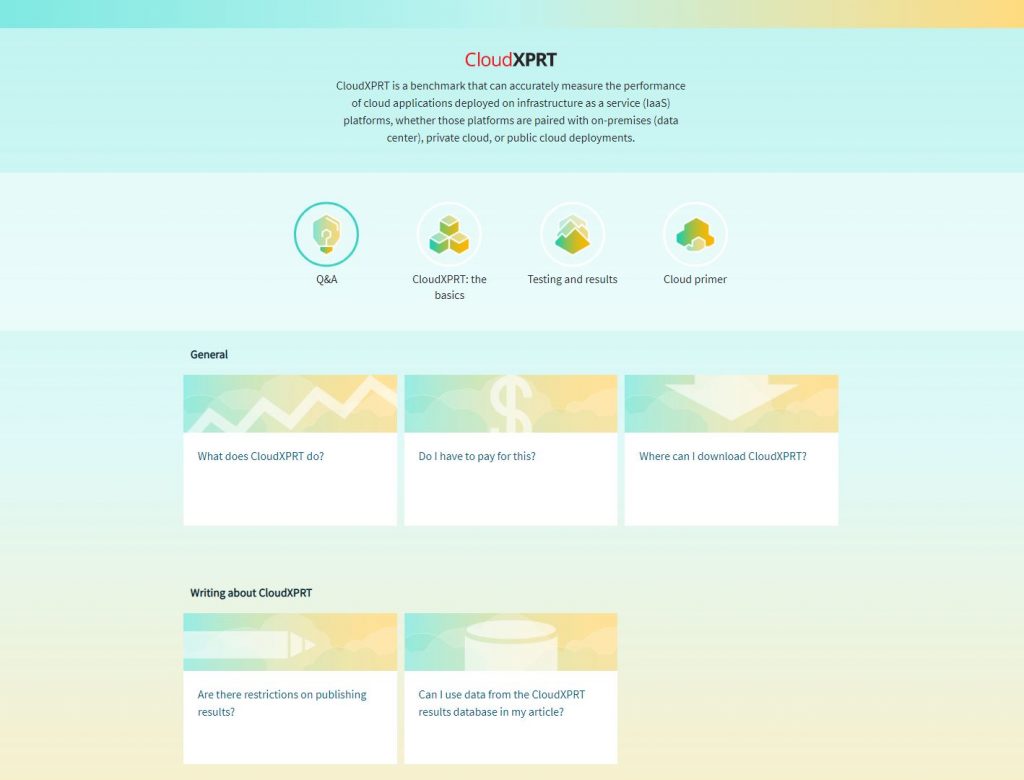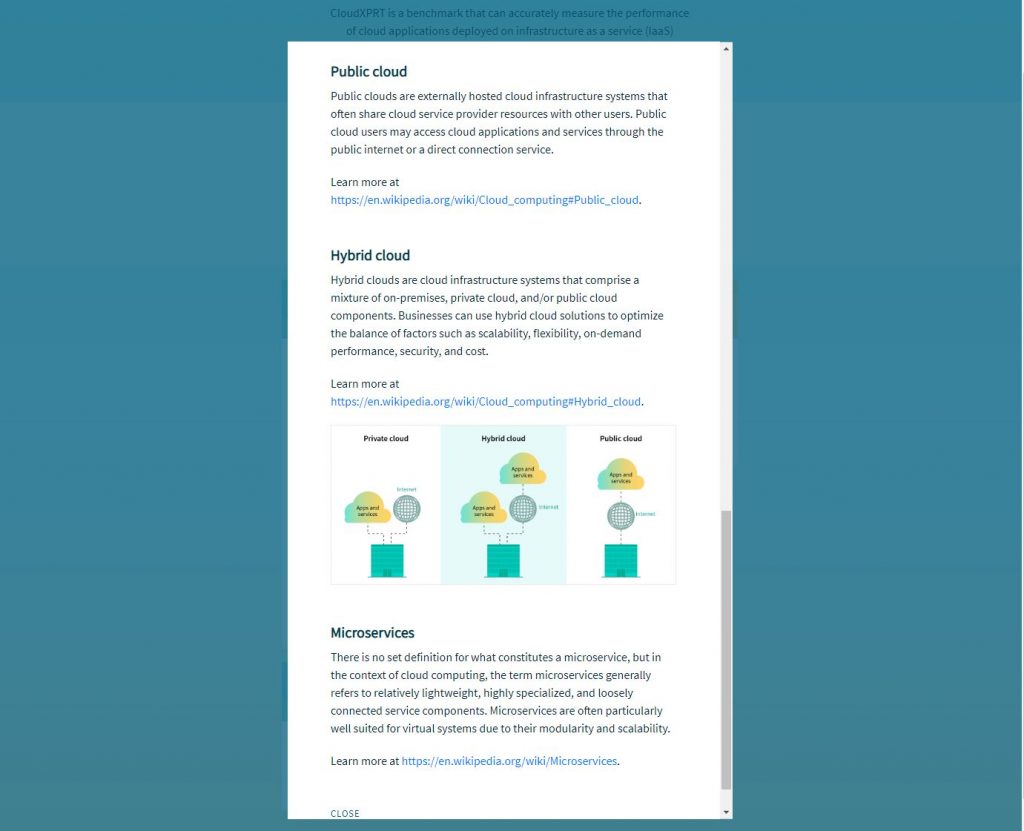As we’ve been working on improvements and updates for CloudXPRT, we’ve been using feedback from community members to determine which changes will help testers most in the short term. To make some of those changes available to the community as soon as possible, we plan to release a beta version of CloudXPRT v1.1 in the coming weeks.
During the v1.1 beta period, the CloudXPRT v1.01 installation packages on CloudXPRT.com and our GitHub repository will continue to include the officially supported version of CloudXPRT. However, interested testers can experiment with the v1.1 beta version in new environments while we finalize the build for official release.
The CloudXPRT v1.1 beta includes the following primary changes:
- We’re adding support for Ubuntu 20.04.2 or later, the number one request we’ve received.
- We’re consolidating and standardizing the installation packages for both workloads. Instead of one package for the data analytics workload and four separate packages for the web microservices workload, each workload will have two installation packages: one for all on-premises testing and one for testing with all three supported CSPs.
- We’re incorporating Terraform to help create and configure VMs, which will help to prevent situations when testers do not allocate enough storage per VM prior to testing.
- We use Kubespray to manage Kubernetes clusters, and Kubespray uses Calico as the default network plug in. Calico has not always worked well for CloudXPRT in the CSP environment, so we’re replacing Calico with Weave.
At the start of the beta period, we will share a link to the v1.1 beta download page here in the blog. You’ll be free to share this link. To avoid confusion, we will not add the beta download to the v1.01 downloads available on CloudXPRT.com.
As the beta release date approaches, we’ll share more details about timelines, access, and any additional changes to the benchmark. If you have any questions about the upcoming CloudXPRT v1.1 beta, please let us know!
Justin














